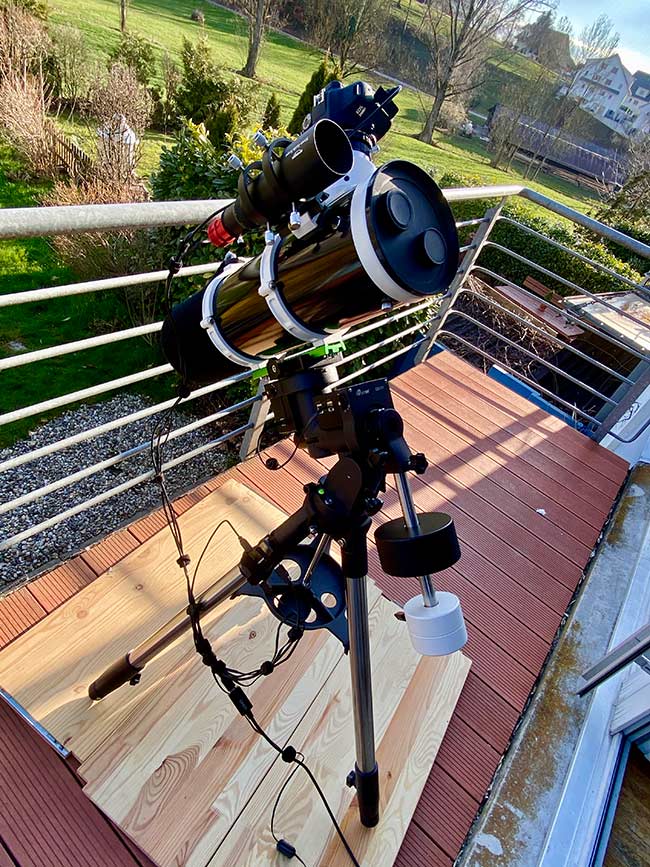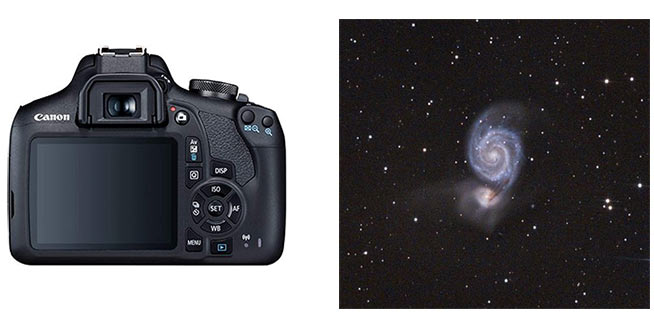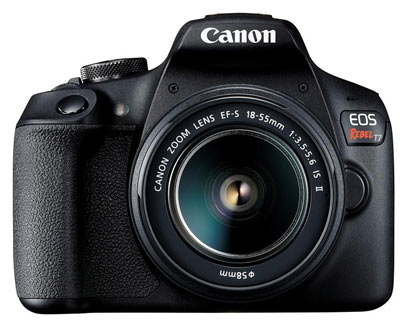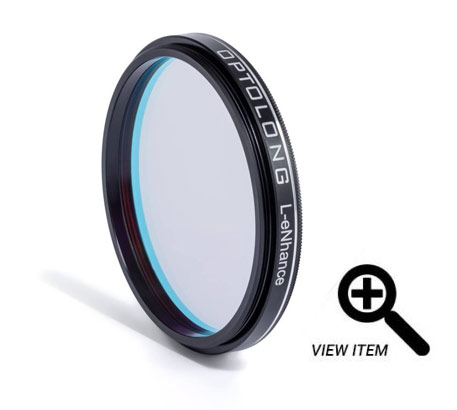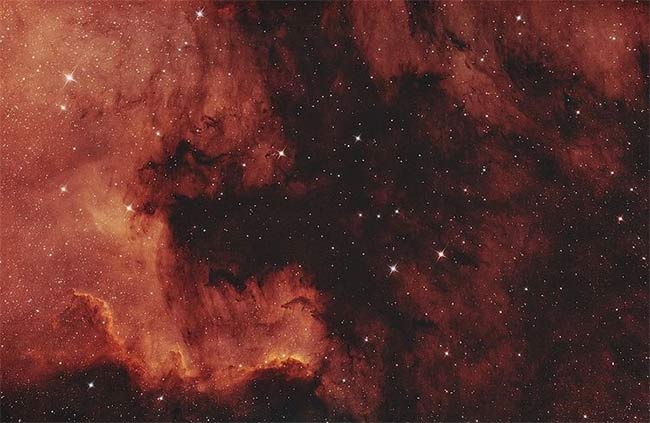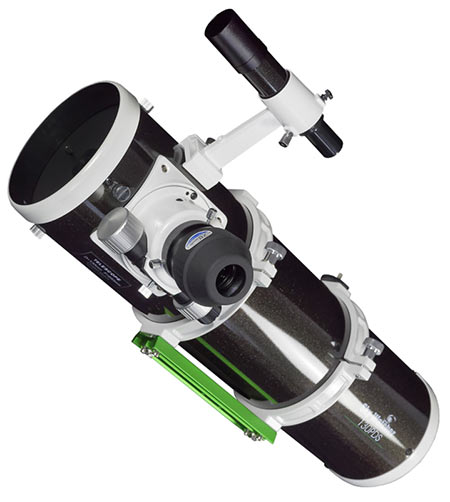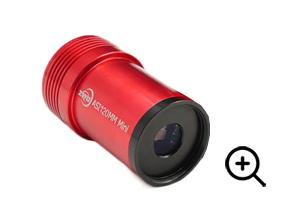Backyard of the Week | June 28, 2021
The AstroBackyard Backyard of the Week highlights astrophotography setups from around the world. A “backyard” can be a balcony, driveway, garden, or wherever else you set up astrophotography equipment at home.
By taking a behind-the-scenes look at the equipment amateur astrophotographers use to take deep-sky images, you can get a better understanding of the process.
This week’s backyard astrophotography equipment profile comes to us from Noah Schreiber in Switzerland.
Location: Zürich, Switzerland
This week we feature an impressive backyard astrophotography rig set up on Noah’s balcony in Switzerland. You’ll notice that Noah is using a Sky-Watcher Explorer 130P-DS imaging Newtonian to capture deep-sky objects from his Bortle Scale Class 4 location.
The Canon EOS Rebel T7 (2000D) camera is a familiar sight, as this is the exact camera body I used for the “kit lens challenge” earlier this year (and it’s excellent). Noah has clearly mastered the fundamentals of astrophotography such as balance and polar alignment with this setup, which does not happen overnight.
If you are in the process of building a deep-sky astrophotography setup, the following equipment profile will give you a better understanding of what’s involved.
Noah Schreiber
Noah has a wonderful collection of deep-sky images on his relatively new Instagram account. I was especially impressed by his ability to effectively capture both small galaxies and wide-field nebulae using his modest setup.
He clearly has a knack for image processing, as illustrated in his most recent process of the Butterfly Nebula in Cygnus. A Newtonian reflector adds an extra flair to images with bright stars, creating lovely star diffraction spikes (as shown in Sadr, below).
The Butterfly Nebula by Noah Schreiber.
Noah’s Equipment
| Primary Camera | Canon EOS Rebel T7 |
| Filter | Optolong L-eNhance |
| Primary Telescope | Sky-Watcher 130P DS |
| Telescope Mount | iOptron CEM26 |
| Guide Scope | Omegon 50mm Guide Scope |
| Guide Camera | ZWO ASI120mm Mini |
| Camera Control Software | N.I.N.A |
What does Noah love most about his gear?
‘I love the fact that it’s extremely lightweight.’
Time and time again, amateur astrophotographers highlight portability as one of the most important aspects to consider when building out a deep-sky rig. The equatorial mount is most often the heaviest component of the system, and in Noah’s case, the telescope mount weighs only 10 pounds.
The iOptron CEM26 can support up to 26 pounds of imaging gear, thanks to the natural stability of its center-balanced design. In the photo below, you’ll see how Noah has this mount configured with all of the imaging gear ready to go.
Noah’s deep-sky astrophotography setup.
The Camera
The Canon EOS Rebel T7 is an entry-level DSLR camera with a 24.1 MP (APS-C) CMOS sensor. I consider the Canon T7 (2000D) one of the best cameras for astrophotography thanks to its practicality and performance in an affordable package.
A dedicated astronomy camera can capture images with more dynamic range and less noise, but lose much of the freedom and flexibility a DSLR camera body offers.
The Canon EOS Rebel T7 can be purchased as a kit, including a lens to get you started. Canon DSLR and mirrorless cameras have the benefit of being well-supported in the astrophotography software realm.
The Canon EOS Rebel T7 DSLR.
This camera was featured in my video about setting up a new camera system for astrophotography. Even in its stock (non-astro-modified) state, this camera is an impressive performer when used properly.
The Filter
Noah uses an Optolong L-eNhance multi-bandpass narrowband filter to capture emission nebula like the North America Nebula from his backyard. This filter helps to isolate the important wavelengths of light in the H-Alpha and OIII bandpasses that many of the most amazing nebulae in the night sky emit.
The Optolong L-eNhance filter.
The L-eNhance helps to ignore what little light pollution Noah has from his Bortle 4 location. For broadband targets such as galaxies and reflection nebulae, the L-eNhance filter should remain in its case.
The North America Nebula (shown below) is the perfect example of the types of projects the L-eNhance filter excels at.
The North America Nebula by Noah Schreiber.
The Telescope
The Sky-Watcher 130P DS is an affordable astrophotography telescope, pulling in deep-sky objects at a focal length of 650mm at F/5. This Newtonian reflector uses a 130mm parabolic primary mirror to project crisp images of the night sky into the eyepiece, or camera sensor.
The Sky-Watcher Explorer P-DS.
For this telescope, the Sky-Watcher Coma Corrector is recommended for the best results. With a large optical tube like this, balancing the telescope with all cameras and accessories attached is a must.
Sky-Watcher 130P DS Specs
- Type: Newtonian Reflector
- Diameter: 130mm
- Focal Length: 650mm
- Focal Ratio: f/5
- Focuser: 2″ (50.8mm) Dual-Speed 10-1 Dual Crayford
- Weight: 8.8 lbs (4 kg)
The Whirlpool Galaxy by Noah Schreiber.
The Telescope Mount
The iOptron CEM26 is a pretty incredible little mount. I did a double-take when reading this mount’s weight-to-payload capacity ratio. Despite weighing only 10 pounds (without the counterweight attached), the CEM26 can handle a 26-pound load when you add the included counterweight for balance.
The CEM design means that this mount is center-balanced, placing the weight of the payload at the center of gravity. Unlike Sky-Watcher mounts (and many others), the built-in polar scope is not blocked by the declination shaft and always accessible.
The CEM26 uses iOptrons proprietary GoTo Nova technology with a database of over 200,000 objects. The built-in WiFi and ST-4 autoguiding ports allow you to connect wirelessly to the mount, and harness the benefits of autoguiding your telescope.
The Guide Scope
An auxiliary guide scope mounted to your primary imaging instrument allows you to tap into the powerful act of autoguiding your deep-sky images. Noah uses a 50mm Omegon guide scope, which you’ll find under several different names in the astronomy market.
I personally use a similar model with the same specs on my Sky-Watcher Esprit 100 setup. Be sure to account for the necessary mounting hardware before purchasing a new guide scope for your system.
On top of providing better tracking performance of the telescope mount, the guide pulses can also shift your image frames slightly between each shot, known as dithering. This can significantly improve the signal-to-noise ratio of your final image after integration. Omegon 50mm guide scope
The Guide Camera
A good guide scope is only as useful as the camera sitting inside of it. The ZWO ASI120MM Mini makes yet another appearance here on the backyard of the week, and I am starting to wonder just how many of these little red cylinders are in the wild.
If you are looking to start autoguiding your astrophotography rig, do yourself a favor, and pick up this affordable little monochrome CMOS camera and never look back. The specs of this cameras sensor and frame rate make it a capable solar system camera as well.
If you’re looking for something a little more sensitive or would like to dive deeper into planetary astrophotography, the ZWO ASI290MM Mini is another exceptional choice.
Thank you for sharing your backyard astrophotography set up with us, Noah! You can view Noah’s astrophotography on Instagram.
Be sure to fill out the form to submit your backyard for a chance to be featured, and don’t forget to include your Instagram handle to help grow your following.
This is a great way for beginners to see a deep-sky imaging setup that is being used to successfully photograph the night sky.
View the Backyard of the Week Archives
